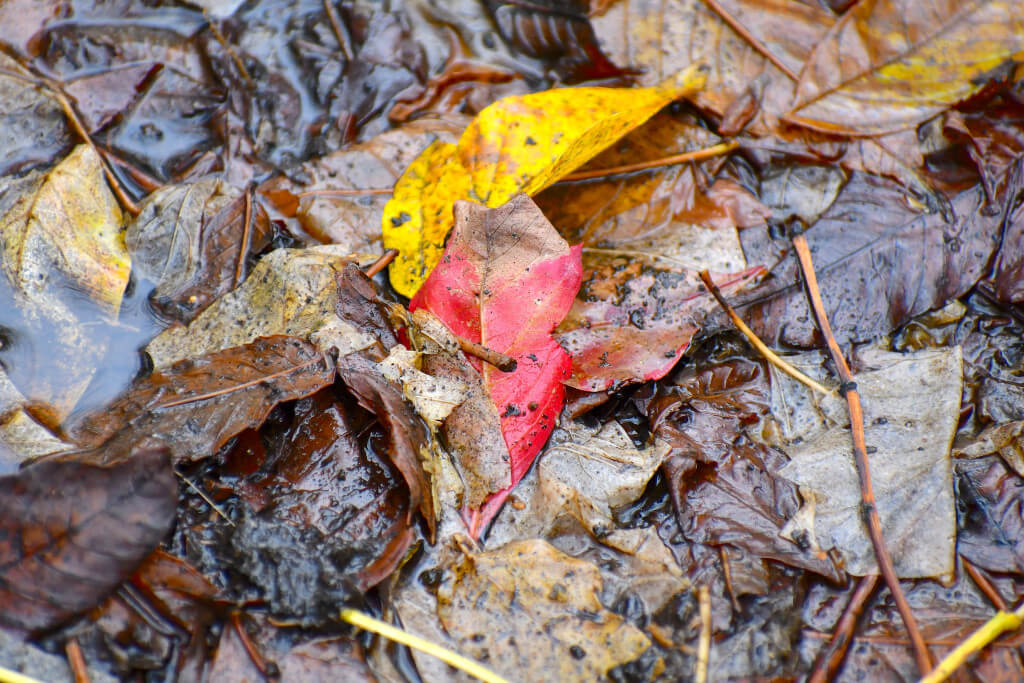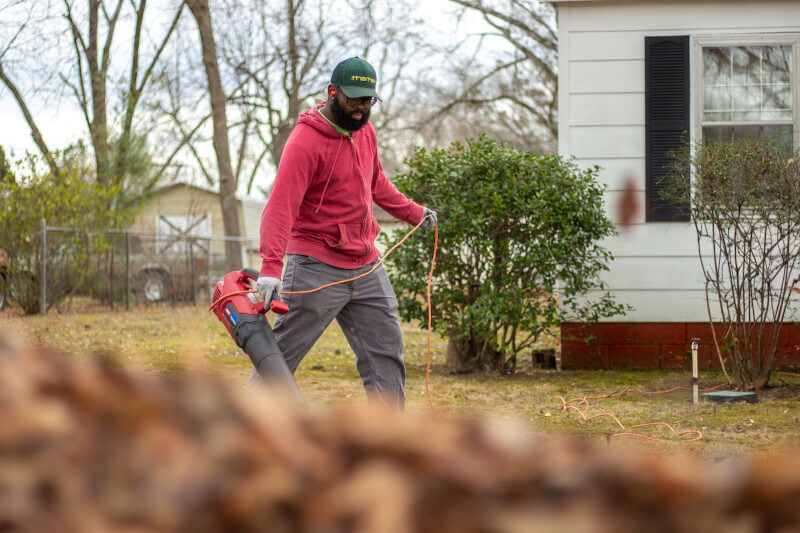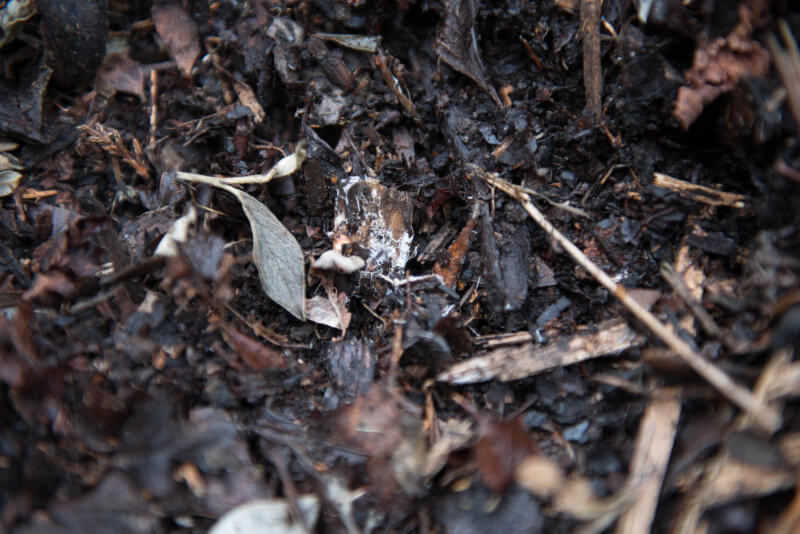10 Suggestions to Help You Compost Your Leaves This Autumn

The Many Advantages That Come From Composting Leaves
Composting leaves offers a wide variety of positive effects. The first benefit is that you will contribute to the reduction of the quantity of garden waste that is sent to landfills. Two, the process of composting produces nutrient-dense soil, which, when applied to your gardens and other areas of your yard, will result in improved plant growth. Third, since you can throw your leftover food into a compost pile, it enables you to reduce the amount of garbage you produce at home. You mustn’t include any baked goods, dairy products, or meat in your compost heap.
Composting Techniques for Leaves
Shred the leaves, then combine them with lawn clippings or some other material that has a high nitrogen content. When you first begin incorporating your leaves into the pile, go slowly at first and keep stirring it throughout the process.
It is important to ensure that the pile is as high as possible since the leaves will act as insulation throughout the winter. Since leaves tend to increase the acidity of the soil, you should conduct a soil test in the spring and make any necessary adjustments to the pH level before using the soil in your garden.
If you want to increase the nitrogen content of your compost, add kitchen waste such as used coffee grounds. However, make sure to maintain a healthy balance between nitrogen-rich waste and carbon-rich items like leaves. Make it a goal to keep the ratio of foliage to lawn clippings or other nitrogen sources at 5 to 1.
Make Use of an Electric Mulcher for the Leaves

The WORX WG430 13-amp Electric Leaf Mulching mower is primarily a large hopper that incorporates a string trimmer into its design. The leaves are placed on the top, and mulch is removed from the bottom. The use of leaf mulch is ideal for aerating the soil in a garden, mulching around trees, or for incorporating it into a compost pile. WORX asserts that its mulcher has a reduction ratio of 11:1 when applied to a pile of leaves.
The fact that such a huge pile of foliage could fit into one bag astonished us, even though we did not conduct a scientific measurement to determine this. The Mulcher devoured its dinner of leaves almost as quickly as we were able to give it more. Because there is likely to be some flying debris, you should protect your ears and eyes. Additionally, using dry leaves will help you achieve better results. The unit can be disassembled, making storage much simpler. The WORX Mulcher can be purchased for around R 2000 at home improvement stores, discount retailers, and on the internet.
Where to Put Leaves in the Compost
Putting away your leaf compost can be done in several different ways. You can make a compost pile, use a plastic container, or build a compost bin like this one. All three options are viable.
If you do decide to make a pile, look for a spot that gets only a portion of the sun’s rays so that it doesn’t burn. An excess of sunlight will cause the pile to dry out, which will slow down the decomposition process. You must select a location that has adequate drainage, as any excess moisture will eventually seep into the ground. Avoid placing a compost pile near any materials made of concrete, cement, or asphalt.
Keeping a Compost Pile Alive and Well
Keep in mind that your compost needs to be turned with a spade or a pitchfork every 2 weeks. To maintain the moisture content of the pile, add water once a week if at all possible. Find out how to maintain your compost through the wintertime by familiarizing yourself with these winter composting suggestions.
Track the Moisture

It is essential to have effective moisture control in areas that receive a significant amount of rain and snow. When using traditional compost piles, this can be challenging to achieve because the moisture seeps into the ground and is absorbed by the compost. The use of an enclosed compost tumbler, which prevents moisture intrusion from precipitation and snowmelt, is one possible solution.
Because tumblers can still take on some water, you should not compromise on adding dry leaves to soak up any extra moisture if you choose to choose this route. If you do choose this route, however, you should not go this route. Composting in the winter using a tumbler is an excellent idea that should be tried. If you want to make your compost tumbler, follow these steps.
Insulation
The microbes in the compost must be kept alive and active throughout the winter months. Composting fallen leaves in the winter requires moving compost bins to a more sunny section of the garden if at all possible. In addition, use layers of foliage, hay, cardboard, or wood shavings to assist in insulating the pile and maintaining the warmth within it.
Problems Associated with Composting Leaves
When leaves are simply thrown into a compost bin without being mulched first, they tend to mat together. When they become matted together, they block the flow of air and water underneath the layer of leaves, preventing growth. Because of this composting system, the procedure as a whole is very simple.
The Decomposition of Leaves Can Be a Slow and Drawn-out Process
About a year is the amount of time it takes for leaves to decompose when they have lower levels of lignin and higher levels of calcium and nitrogen. This classification includes the leaves of ash, cherry, elm, linden, maple, poplar, and willow trees.
Beech, birch, hornbeam, oak, and sweet chestnut are some of the trees that have leaves that take more time to disintegrate. The typical decomposition time for leaves of this type is between two and three years. The maximum amount of your pile that should consist of oak leaves and other members of this group is 10 to 20 percent.
When it comes to composting leaves, it is important to keep in mind the following rule: greens can be incorporated in moderate levels, red or yellow leaves must be incorporated in small quantities, and brown leaves must be kept to a minimum. Additionally, you should stay away from black walnuts and eucalyptus leaves.
It is best to steer clear of the wood and leaves of plants like pine, spruce, juniper, and arborvitae. Additionally, you should stay away from plant leaves that have been sprayed with pesticides.



